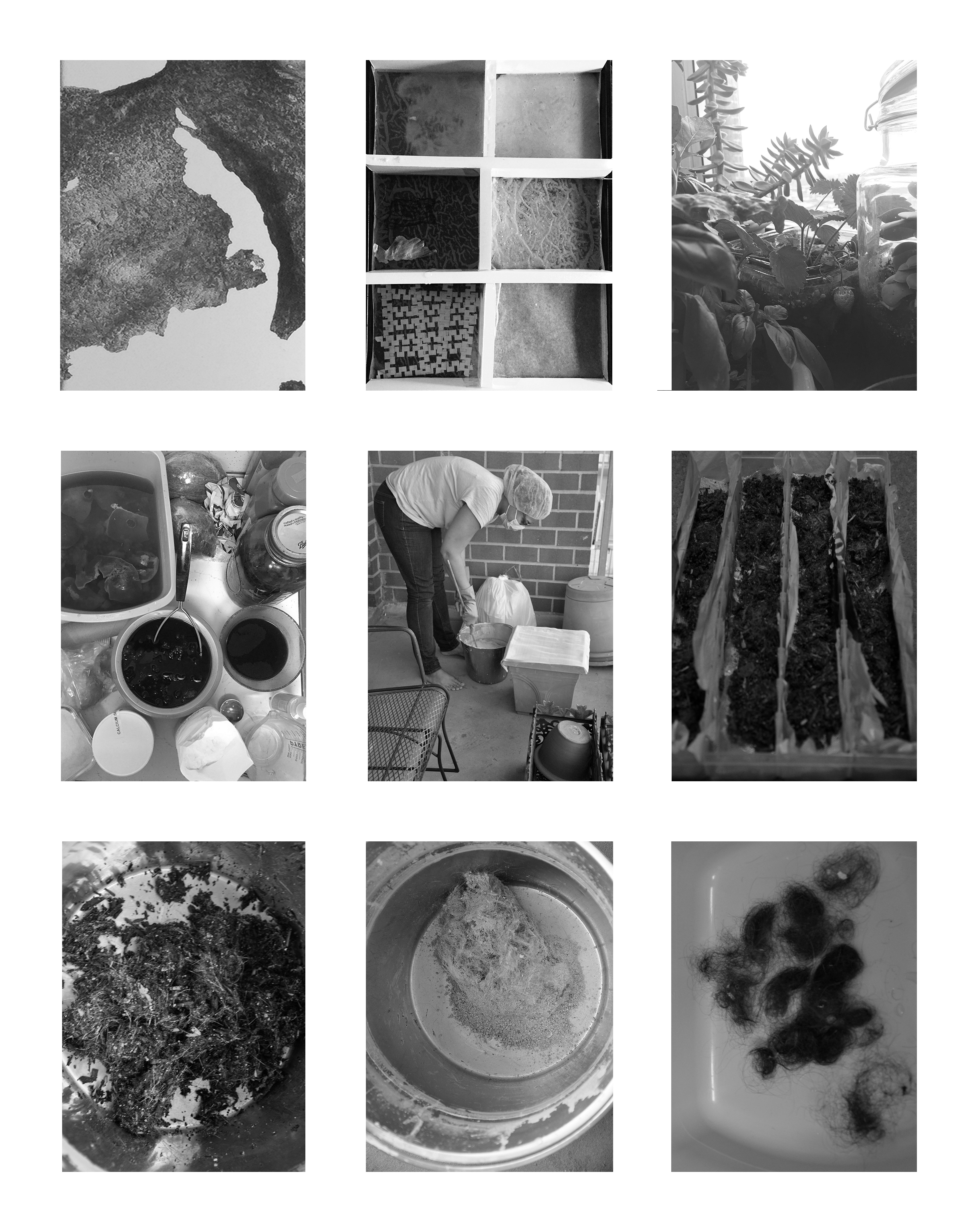Dirt, Dust, Hair, and All Those Things We Vacuum Up
Though not a glamorous topic, waste management is vital to ensuring the longevity of the planet and future generations. While there are many existing and emerging technologies to prevent and reduce the amount of waste one produces, it is disproportionate to the amount of waste that already exists. Moreover, very little in terms of quantifying the amount of uncontrollable and ubiquitous waste—such as dust, dirt, dead skin cells, microflora, and hair—produced per person per day is known. However, research in environmental microbiology has identified that indoor microbes, found in household dust, serve as a reservoir of endotoxins, molds, allergens, archaea, and bacterial pathogens such as Salmonella spp., and Clostridium botulinum. Interestingly, in The Microbial Biomass, a report released by The Ohio State University in 2010, many of these same microbes were found in soil; where they contribute to the biomass and serve as a source and sink of carbon, nitrogen, phosphorous, and sulfur of organic matter.
As an avid gardener and a sufferer of allergies and asthma, I was intrigued by these implications. Determined to produce a bioplastic capable of generating plant life, I wondered if there was a way to turn this household waste into treasure. Using common household vacuum cleaner waste as a source of microbial fodder, I hypothesized that once cleaned, compressed, and bound in bioplastic this material could serve as a plant growing medium. Furthermore, by molding this material into a geometric shape, such as a brick, the resulting generative material could be used to create temporary structures. As the material ages, and plant structures consume the contents of the brick, the material could then be planted or composted with minimal environmental impact.
Waste Bioplastic Process Images


